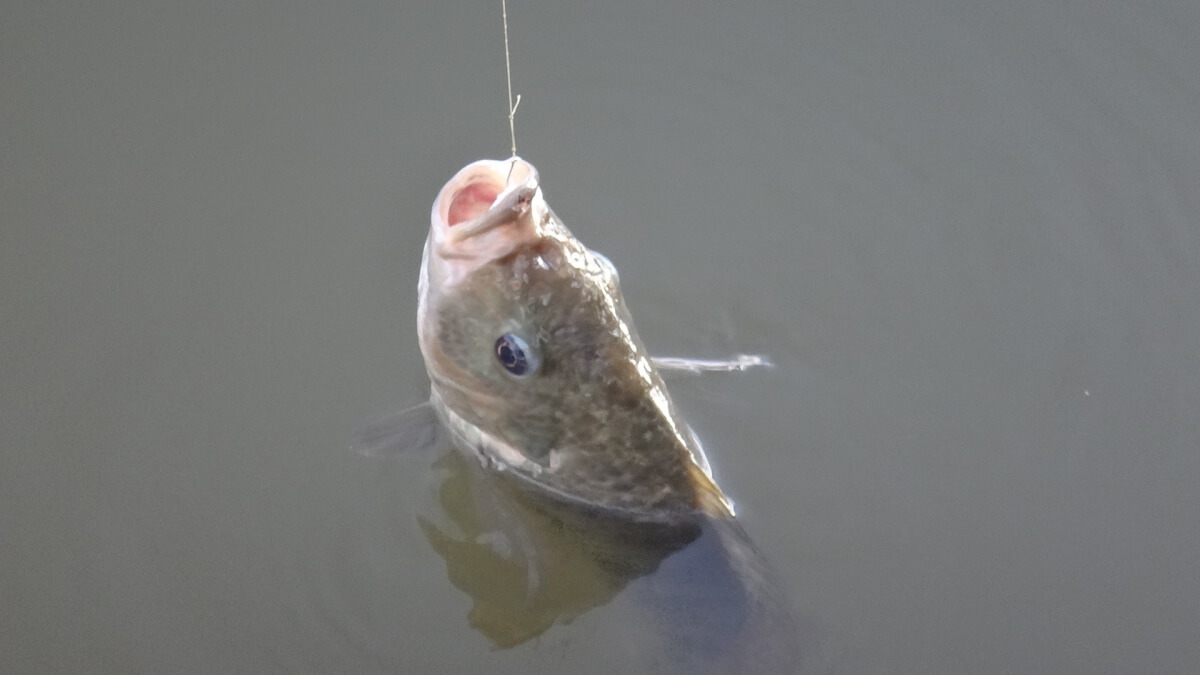With some patience, a knife and a steady hand, you can create some fish hooks if you’re willing to put in the time and effort.
If you ever find yourself in the wilderness, it would be wise to know as many simple and effective ways to gather food, whether to extend your existing supplies or as a way of subsisting off the land. One of these ways is to fish, if you also happen to be close to a pond, lake, river or the sea. If you’re close to a body of water teeming with fish, that’s one problem solved.
The next problem would be having the means to fish, if you don’t happen to have a rod and reel handy. This is where DIY fish hooks come in. In this article, we show you some ways to make your own survival fishing hooks for your survival fishing kit.
Safety-pin hook
If you happen to have some safety pins, most of your problems are over. To quickly make a fish hook from a safety pin, follow these steps:
- Open the safety pin, bending the pointy end slightly outward.
- Bend at the pointy end’s bottom, until it’s shaped like a hook.
- Tie the other end securely to your fishing line.
- Bait your new hook with a worm.

The Gorge Hook
If you don’t have safety pins, you can make a gorge hook. This type of primitive fish hook has been used since as early as 3,000 B.C. All you need is a sharp knife and the right-sized stick. The size of the stick depends on the size of fish you aim to catch. The bigger the fish, the bigger the stick.
To make a gorge hook, do the following:
- Cut out a stick or branch from a sturdy tree, like Birch or Pine.
- The stick should be about 1/3 the thickness of your finger; measure a length as long as your pinky and cut the stick to that size (for bigger fish you can cut a length as long as your ring finger).
- Strip off the bark and sharpen either end.
- Cut a shallow notch at the center of the stick, going all the way around the circumference of the stick.
- Tie your fishing line around the notch.
- Bait the gorge hook by holding the line and the gorge parallel to each other so the gorge is held vertically by the bait. This must be done so when the fish swallows the bait, the gorge becomes lodged in its throat horizontally, preventing its escape.

Note: A gorge hook may also be made with a piece of animal bone.
Beer or soda tab fish hook
If you drink beer or soda in cans, save the tabs. With some patience, a knife and a steady hand, you can create some fish hooks if you’re willing to put in the time and effort.
Here’s how to make fish hooks out of drink can tabs:
- Carefully separate the tab from the drink can; twist the tab 360 degrees until it’s loose enough to pull off the can.
- With a sharp knife or anything that can cut through metal, cut a small section from the bottom of the tab, shaping it into a hook (see image).
- Ensure that you cut into one side of the tab’s bottom at an angle, so the slanted cut forms a sharp ook.
- To prevent any accidental cuts or the risk of cutting the fishing line, file down any other unwanted sharp edges with sandpaper, a file or a stone.
- Tie the top part of the tab securely onto your fishing line.
- Bait the hook and go fishing!

Wood and Bone Hooks
Thorn hooks
There are even simpler hooks that can be made from thorns; these require no modification but can only catch small fish. Use larger sticks and make gorges for bigger fish.
Just do these steps:
- Snap or cut off the length you’ll need.
- Tie to your fishing line.
- Place the bait and you’re good to go.

Wood hooks
Apart from the gorge hook, a small stick can be carved into a hook that resembles modern commercial fishing hooks. Follow these steps:
- Get a stick as long as your index finger.
- Break off 1/3 of its length, stripping off the bark.
- Sharpen this short section to a point.
- Using the inner strands of paracord, fishing line or similar cordage, tie the sharpened point to the remaining length of stick, forming a “V” shape.
- Bait the hook.
- Cast your line and catch some fish.

Note: If you have a nail, you can lash the nail to the stick in a “V” position as well.
Wishbone hook
If you had chicken or other similar bird for a meal, save the wishbone! You can fashion a perfectly good hook from it by following these steps:
- Gently snap off half of one of the wishbone’s “legs”.
- On the remaining bone of the shortened “leg”, carve a sharp point with your knife, being careful not to break the bone.
- Carve a small barb on the leg below the point, completing the hook.
- Make a hole in the other end of the hook and attach your fishing line.
- Bait the hook and go fishing.

Fishing line
A good fishing hook is useless without fishing line. If you don’t have any actual fishing line, use the inner strands of paracord or dental floss.

Final notes
When SHTF and you find yourself in the wild, all it takes is a knife, some paracord and a little ingenuity, patience and luck to supplement your diet with delicious fish.


